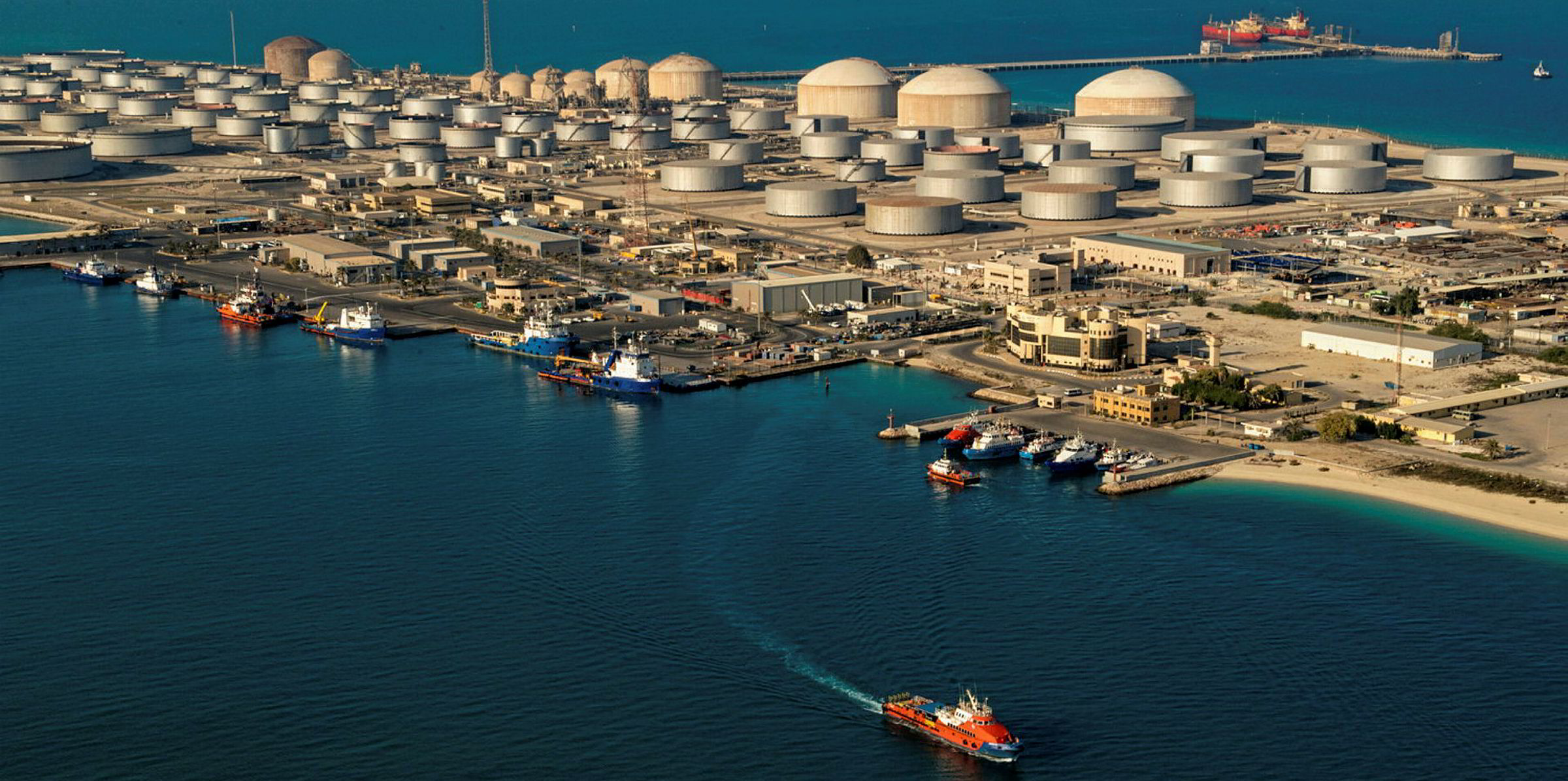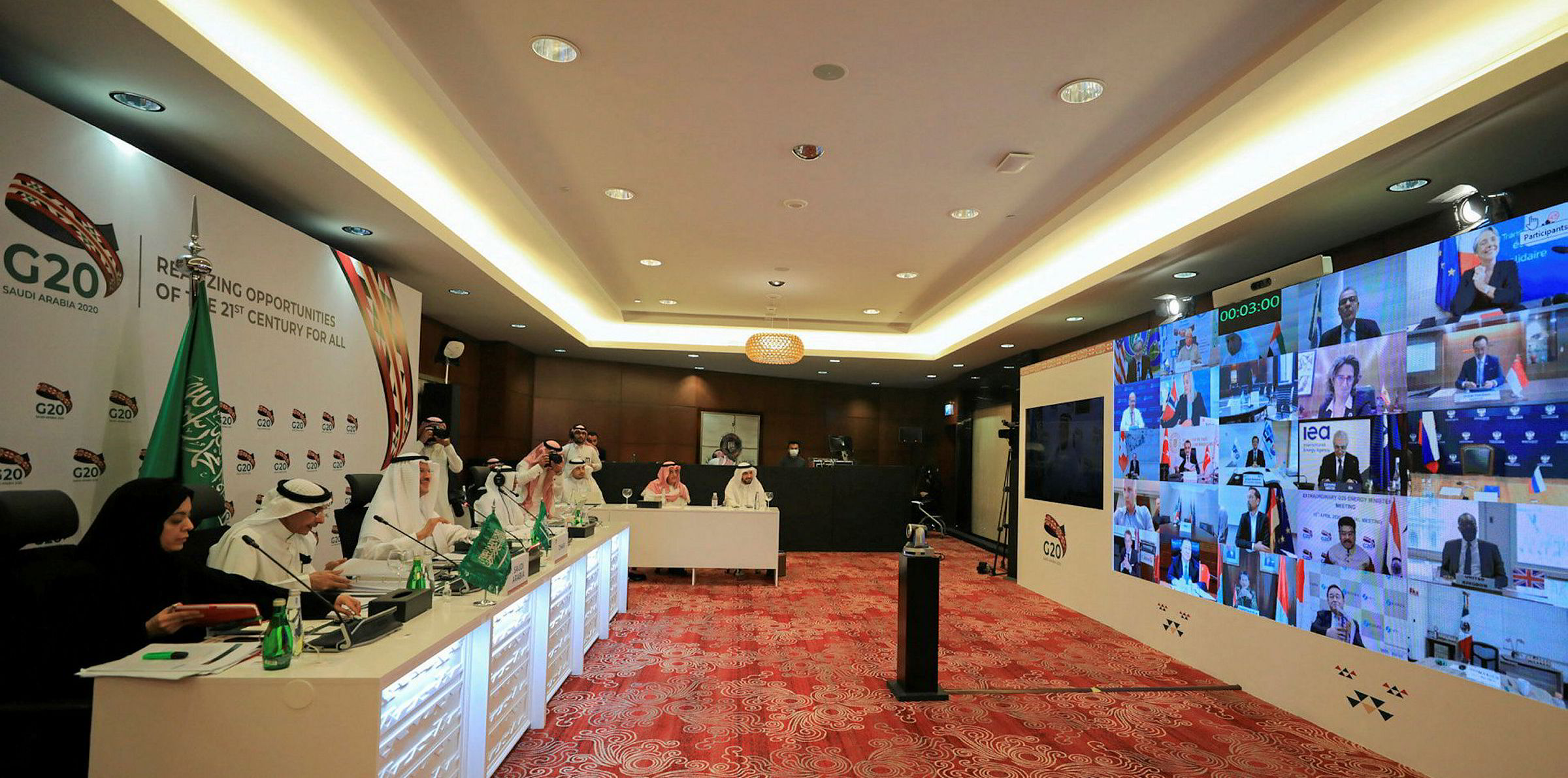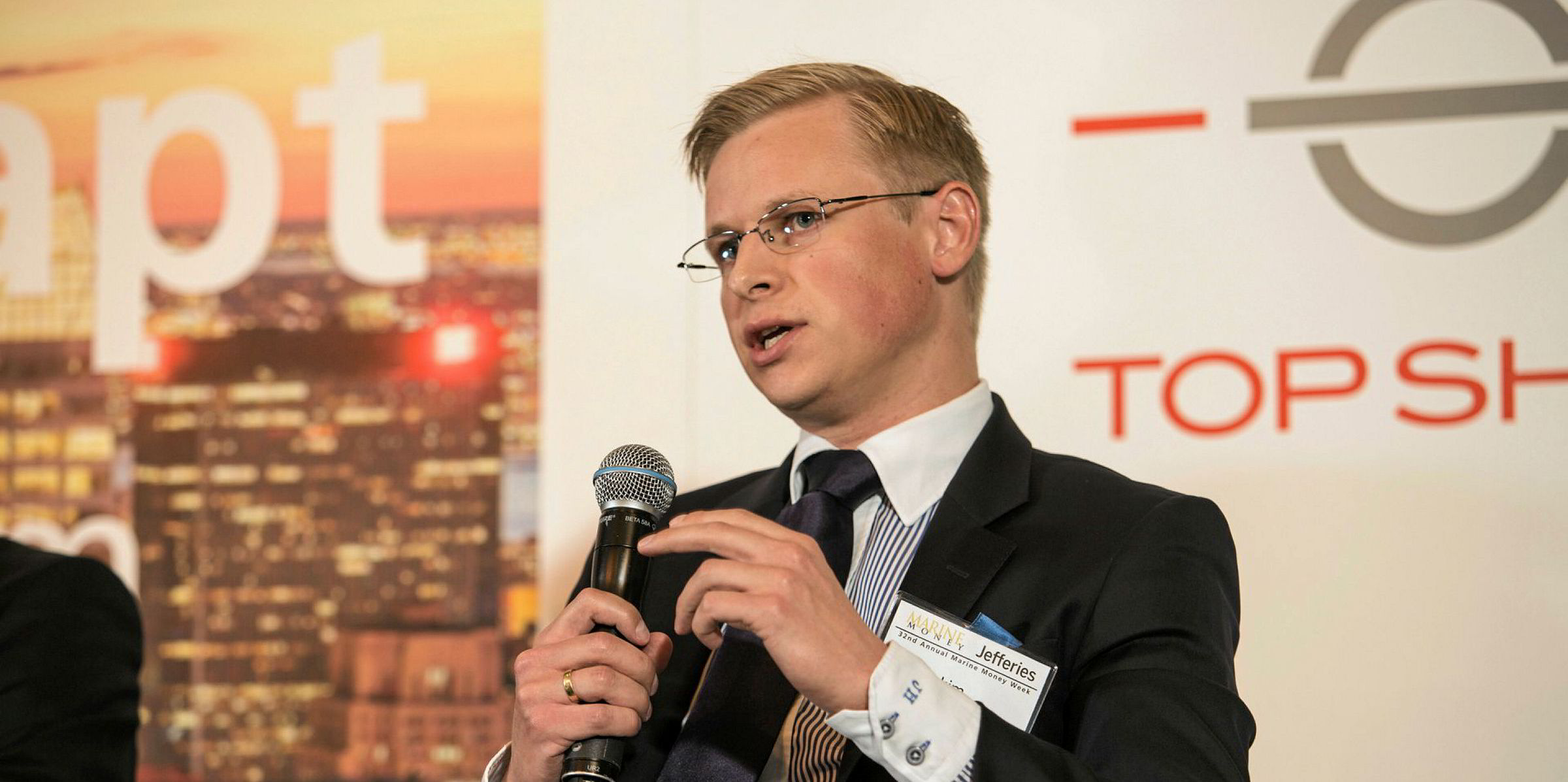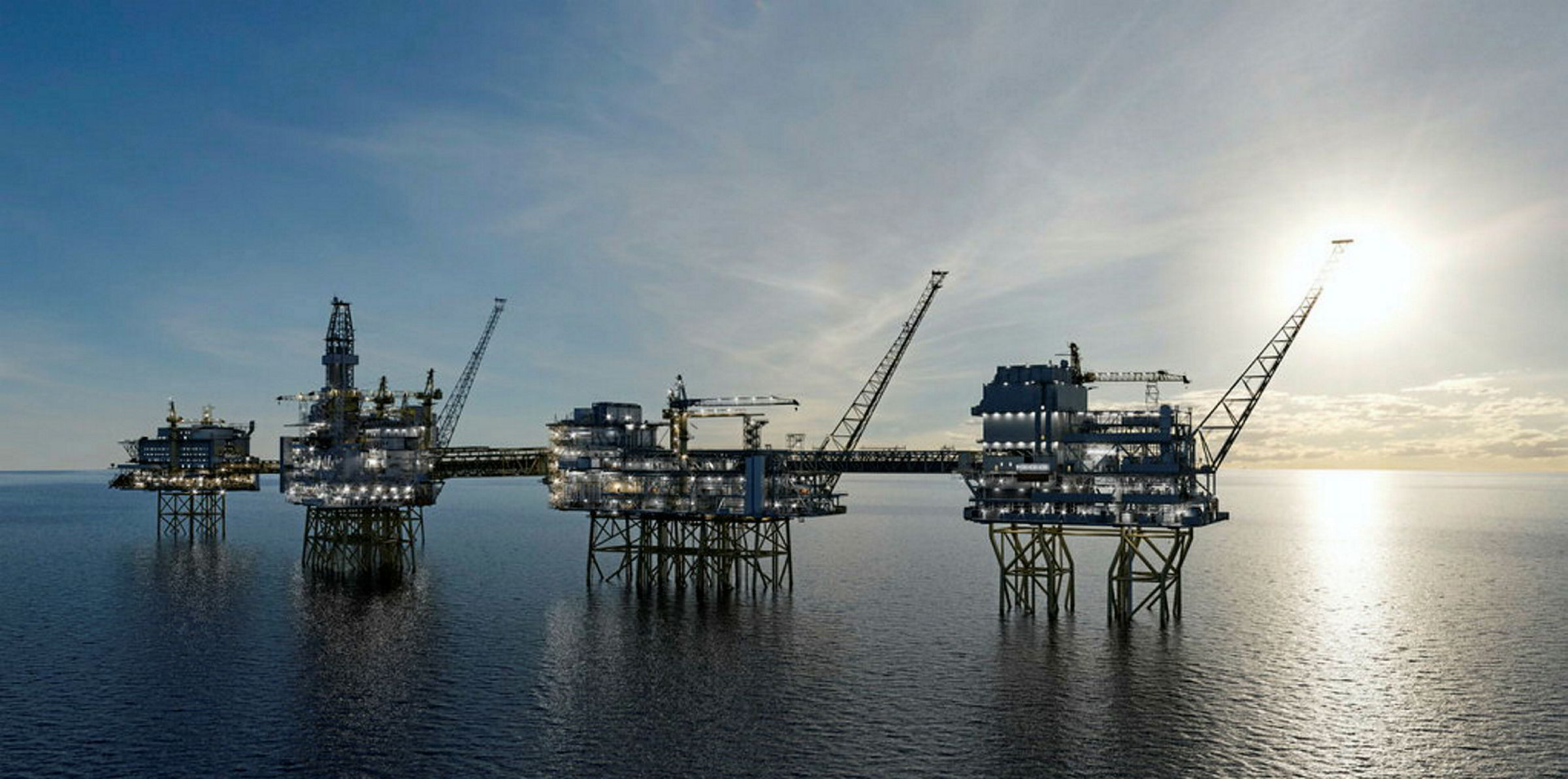The largest oil supply cut in history has failed to shake the confidence of tanker players — at least not in this quarter.
After days of marathon talks, the Opec+ group finally settled on an output reduction of 9.7m barrels per day (bpd) for May and June, with Mexico allowed to have smaller cuts than initially demanded.
Some analysts also expect Brazil, Norway, Canada and the US to cut production by 5m bpd in the coming months due to weak oil prices, even though none of them made explicit reduction pledges at the G20 energy summit last week.
But those headlines did not hamper tanker markets, with brokers suggesting spot VLCC earnings on the main Middle East Gulf-East Asia route are nearing $200,000 per day after the Easter holidays.
Bullish factors
While vessel demand will soon be undermined by supply cuts, some negative effects will be offset by major consuming nations’ efforts to build up their strategic reserves, according to some analysts.
Governments in China, India and the US are reportedly seeking to take advantage of cheap oil, with crude prices showing little upward momentum after the Opec+ news.
Moreover, tonnage supply is expected to stay tight in the coming weeks due to floating storage demand.
Because of the coronavirus-triggered collapse in oil demand, industry estimates suggest at least 10m to 15m bpd of excess crude in the second quarter. Much of this will need to be stored at sea due to limited onshore storage.
IHS Markit’s liquid bulk principal analyst, Fotios Katsoulas, said Shell, Equinor, Unipec and some others had chartered tankers to store 45m barrels this month, with most vessels set to be positioned in South East Asia.
Equinor and Shell earlier declined to comment on their trading operations. Unipec did not respond to a TradeWinds email seeking comment.
“South East Asia is traditionally considered the best region to store crude oil, as it is located only days away from some of the largest crude oil importers, such as China, Japan and South Korea,” Katsoulas said.
“Around 190m barrels are the maximum potential crude oil floating storage capacity, with some additional potential for refined products. For traders, floating storage will remain attractive as long as crude forward curves keep economics viable.”
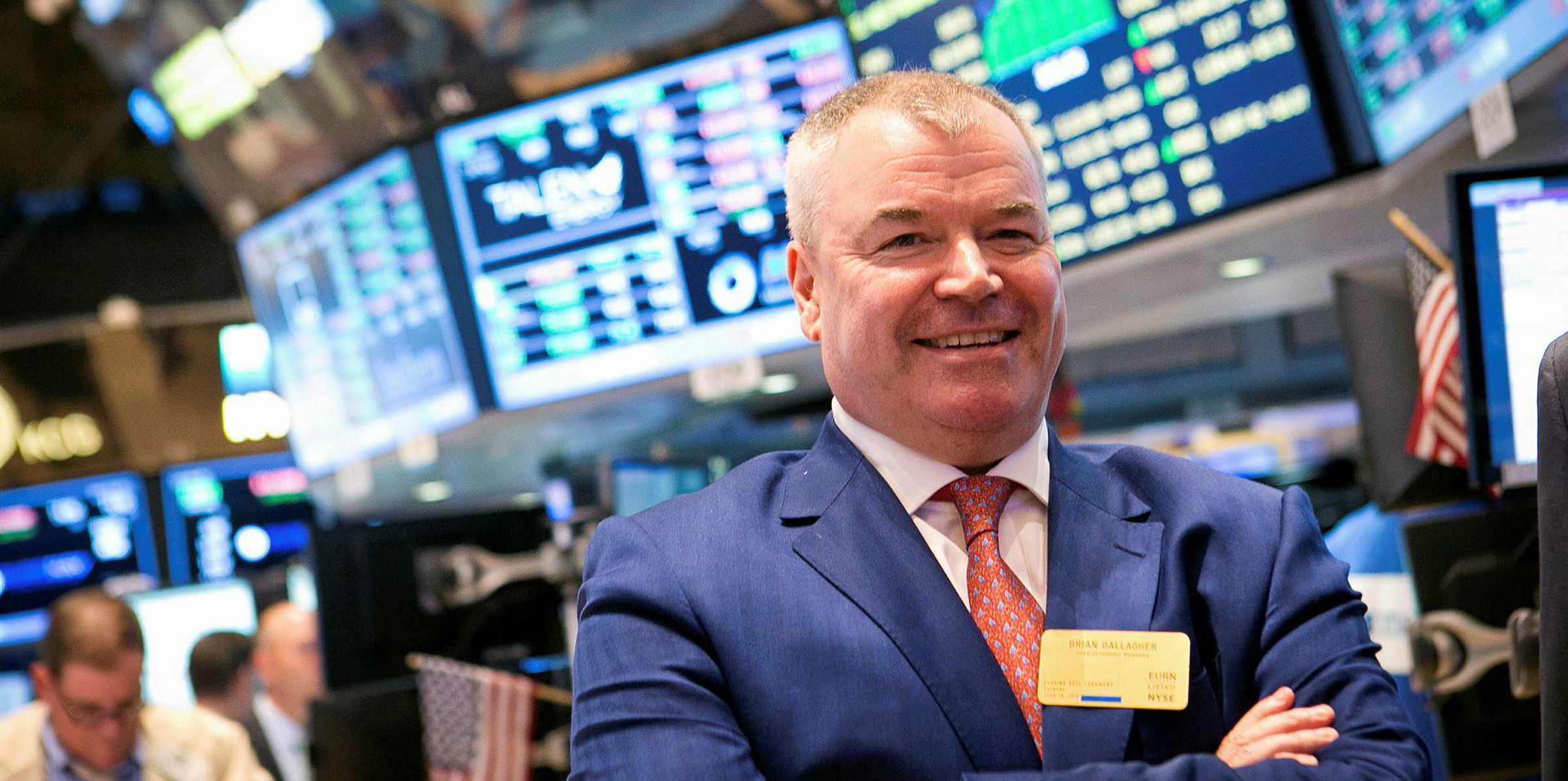
The contango in crude futures has somehow widened after the Opec+ deal, and Braemar ACM estimated floating storage can be profitable for charterers when the three-month rate for a VLCC is below $70,000 per day and the six-month rate below $40,000 per day.
“[The contango] is incentivising storage even more and underlying cuts ... do little to deal with the mismatch between oil supply and consumption of 20m to 30m bpd, which is also driving an additional strong demand for storage, some of which will have to be captured by large tankers,” Euronav’s head of investor relations, Brian Gallagher, told TradeWinds.
Bearish from July
However, the outlook beyond the current quarter may be less favourable for tanker owners.
As part of the supply deal, Opec+ plans to reduce output by 7.7m bpd in the second half of this year and 5.8m bpd between January 2021 and April 2022.
The latter parts of production cuts will come at a time when global oil demand gradually recovers from the Covid-19 impact, prompting a de-stocking cycle that hampers tanker movements, some brokers predicted.
“Caution is warranted for owners. A large inventory correction is looming in the wake of the deal,” Arctic Securities said. “Such an environment has not been positive for tankers in the past, and this time is unlikely to be any different.”
Cleaves Securities has forecast September to be the turning point for tanker markets, saying average spot earnings for VLCCs could be as low as $15,000 per day in the second half of 2020.
But there are also doubts over whether the output cut can last for two years as announced, as an oil price recovery associated with demand would incentivise more exports.
“The alliance is fragile, as evidenced by Mexico nearly frustrating Saudi attempts to evenly spread the cuts among all producers. Once demand starts to recover, keeping all the parties to the deal committed is likely to be difficult,” Braemar said.
“The uncertainty in the pace of demand recovery means that the two-year time frame of the deal will be frequently reviewed. The meeting in June 2020 will give more clues about how long the deal could last.”
